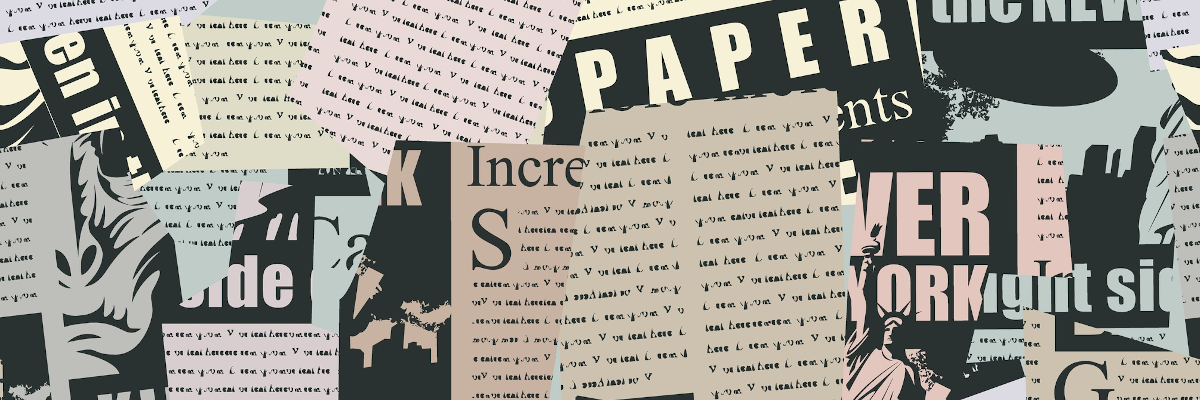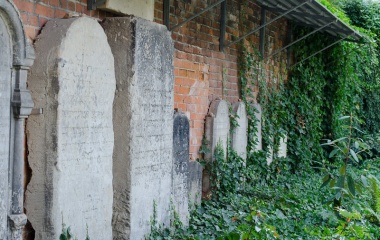
Moving along the Rhine from Mainz one arrives in Worms. Along with Mainz and Speyer Worms is one of the Kehilot Shum, the three great centres of medieval Torah learning in Ashkenaz. It was here that Rashi came to study before returning to France.
The most important medieval Rabbi in Worms was the Maharam MeRutenburg, Moreinu verabbeinu Rav Meir. He is considered the last of the Tosafists[1]. Born in Worms in the mid-13th century he went to France to study and settled in Rutenburg before returning to Worms to succeed his father as rabbi after the latter died in 1281.
The Maharam wrote thousands of responsa and had a profound influence on the development of Jewish law. He strove to "fulfill all the views" of Jewish law often introducing new practices as a result. To cite one example: The medieval authorities debated whether one should recite shechiyanu on the second day of Rosh Hashanah (and all Yamin Tovim). The Maharam thus introduced the idea of eating a new fruit so that even if the day not need a shechiyanu the brachawould be for the new fruit[2].
He introduced the notion that a Beit Midrash should have a mezuzah and it was the Maharam who composed al daat hamakom, the communal declaration before Kol Nidrei where we "allow ourselves" to daven with sinners.
Most famously he is known for refusing to allow the community to pay an excessive ransom to redeem him from captivity.
In 1286 Rudolph the 1st took away freedoms from the Jews and the Maharam along with many others fled. Sadly he was turned in to the German authorities by a meshumad, who recognized him as he was fleeing Worms. The Maharam was held hostage with the goal of extorting money from the Jewish community. While the Jewish community raised the exorbitant ransom demanded by the German authorities, Rav Meir refused to be redeemed in keeping with the ruling of the Mishna in Gittin that "one may not redeem captives for more than their monetary value." (Gittin 45a) He thus spent the last seven years of his life in captivity and it was not until fourteen years after his death when Alexander Wimpfen paid a ransom that his body was released.
The ancient cemetery of Worms dates back some 900 years and is in remarkable condition. In the first row buried within inches of each other - no other two graves are anywhere near as close - are the Maharam MeRutenberg and Alexander Wimpfen. Visiting their graves over 700 years later is most moving and powerful. Unlike more modern cemeteries where people tend to be buried in rows the ancient tombstones are "scattered about". Interestingly all the tombstones face south with the exception of that of the Maharil (whom we discussed in our last post) who faces east. You can see pictures here.
The Maharam was the teacher of the Rosh, Rabbeinu Asher ben Yechiel who succeeded him as Rabbi of Worms. His fortune confiscated he was forced to leave Germany and made his way to Spain where upon the recommendation of the Rashba, Rav Shlomo ben Aderet, was appointed Rabbi of Toledo in 1303. Having an Ashkenazic rabbi serve in Sefarad was a historical anomaly and that alone testifies to his greatness.
Worms was the home of the 11th century paytan, liturgical poet, Rabbi Meir bar Yitzchak who composed the Akdamot recited during the Torah reading on Shavuot.
Rav Elazar of Worms is best known for his book Sefer Harokeach, rokeach, (perfume) having the same numerical value, 308 as his name Elazar. He was one of the Tosafists and amongst the last of Chasidei Ashkenaz, the pietists of Ashkenaz, a mystical, ascetic movement of the 12th and 13th centuries that attracted some of the leading rabbinic figures of the time. One of their practices was teshuvat hamishkal, where they would atone for sins with physical deprivation or more. So one who committed a sin of passion might spend the night sleeping in the snow.
The Rokeach was a student of the most prominent of Chasidei Akenaz, Rabbi Yehuda Hachasid, born in the third in the Kehillot Shum, that of Speyers. His magnum opus the Sefer Hachasidim is the source of the practice that some are strict about - namely that one should not marry a woman who has the same name as one's mother. Rabbi Abraham Price, who founded and headed the only Yeshiva in Toronto from 1937 through the late 1950's (where my father z"l studied) wrote the classic commentary on Sefer Hachasidim. Like many other Torah giants Rabbi Price spent time in Berlin before fleeing to Paris and making his way to Toronto.
Moving to the beginning of the modern period one comes to the keverof Rav Yair Chaim Bachrach author of the important responsa the Chavat Yair. In his introduction he explains that he is dedicating the book in honour of his grandmother Chava (the granddaughter of the Mahral of Prague) who was both pious and learned. So much so that "on a few occasions" the rabbinic giants of the generation were debating an issue and she came and clarified the matter. While men Torah scholars are remembered by the books they write woman Torah scholars, at least in the 17th century had no so option - and thus this sefer would serve a s a permanent memorial to her. This continues a well-established tradition. For example the Maharsha whose commentary is printed in the back of all standard Talmudic editions is the acronym for Moreinu Harav Shmuel Edels, Edels being his wife's family name which he took as token of appreciation to his in-laws for the financial support they provided allowing him to become the Maharsha.
The Chavat Yair was appointed Rabbi of Worms - where both his father and grandfather served as Rabbi - in 1699 just three years before his death. He was the first to discuss the question of a woman saying kaddish. In the question addressed to him a man with no sons requested that ten men - who would be paid - gather in his home every day for 12 months and learn which would be followed by his daughter saying kaddish. The idea of having a woman say kaddish at shul at that point was unthinkable. The Chavat Yair begins his teshuva (#232) by stating the reasons it should be allowed - woman are obligated to sanctify G-d's name no less than men, the impact on the soul of the deceased has the same "nachat" whether kaddish is sad by a man or woman. Nonetheless he forbade it fearing that such an innovation would lead to weakening of customs in general. This teshuva which allowed kaddish on pure halachic grounds opened the door for times when such would not be considered radical[3].
Today Worms has both a modern shul adjacent to "Rashi's Beit Midrash" (built in the 17th century and named in his honour) and a mikvah dating back to the 12th century. The shul and beit midrash were almost completely destroyed during the war and were reconstructed thereafter. Unlike in Mainz the shul is used only on sporadic occasions.
[1] There were many schools of Tosafists and thus many versions and varieties of their commentaries. It was the printers who determined which of the many "editions" of Tosafot appeared in which tractates demonstrating once more the power of the printed word. Because the Tosafot we have in our standard Talmuds - The Vilna Shas printed in the late 19th century - were authored by different people we will find Tosafist commentary that is contradictory.
[2] Thus when one makes the shechiyanu at Kiddush or lect benching one should have in mind the new fruit and need not nor should not repeat the bracha when eating the fruit.
[3] One of those times was in many parts of Eastern Europe before the war. Rav Moshe Feinstein (Orach Chaim 8:12) discusses the case of a widow coming to shul during the week to say kaddish for her husband's yahrzeit. The issue he addresses is not the saying of kaddish - that he states was done "in all generations" - but the fact that most shuls did not have a mechitza set up during the week. Rav Moshe does not find that problematic allowing up to two women to daven in the back of the shul even though there is no mechitza.


